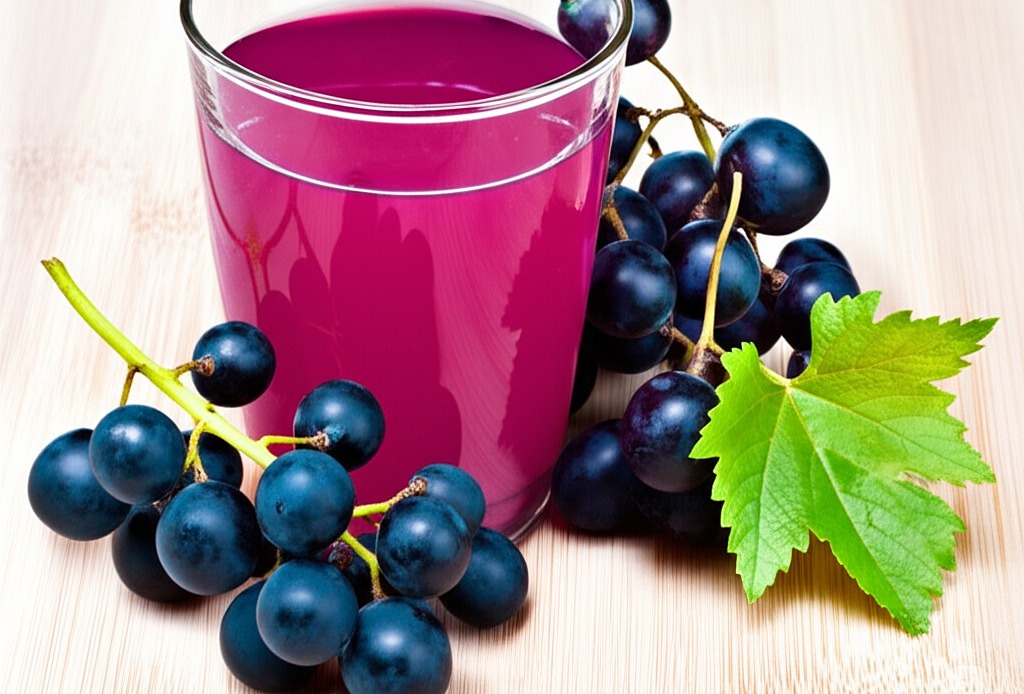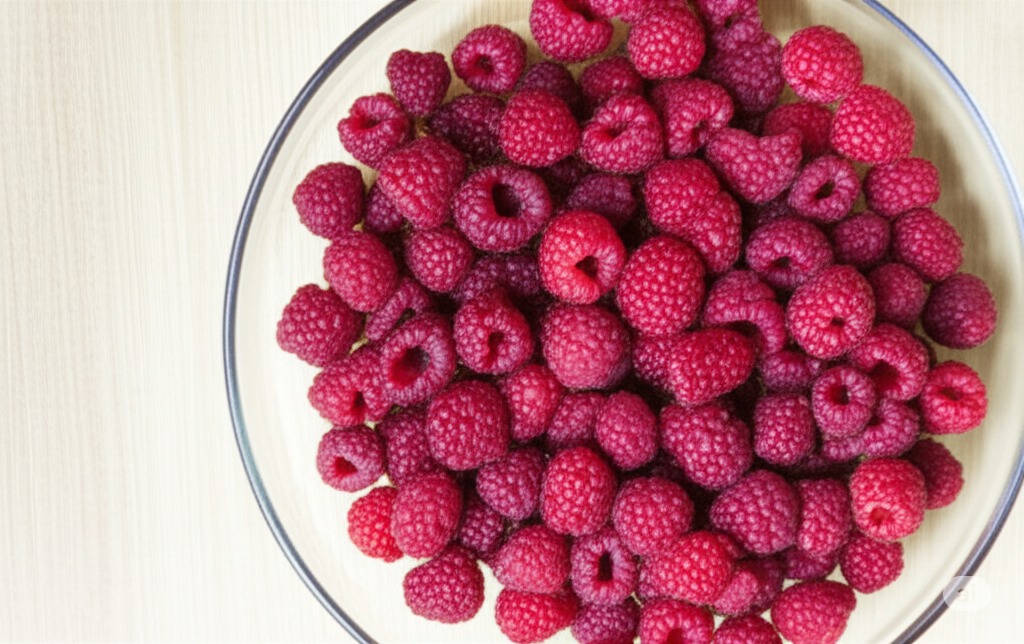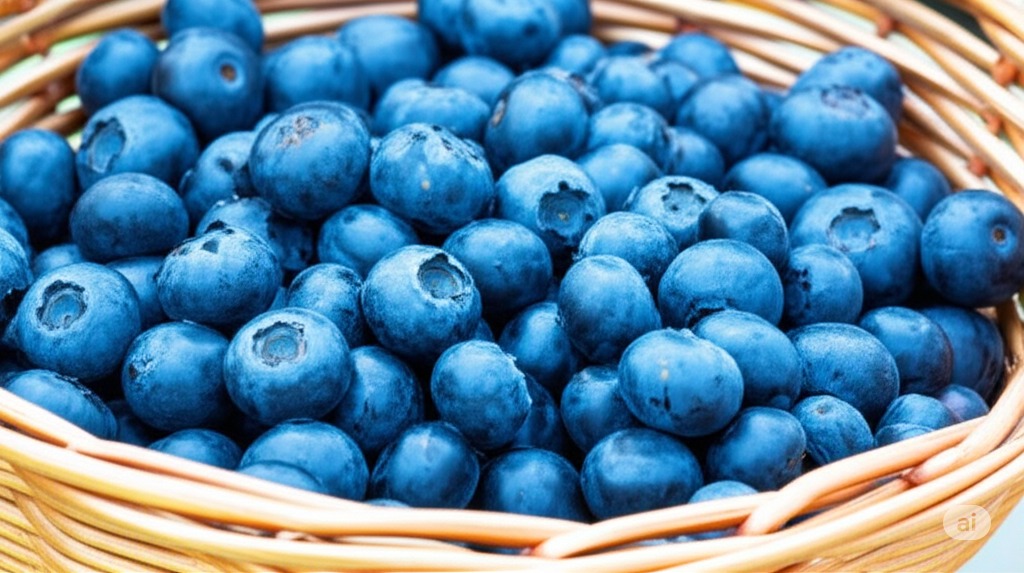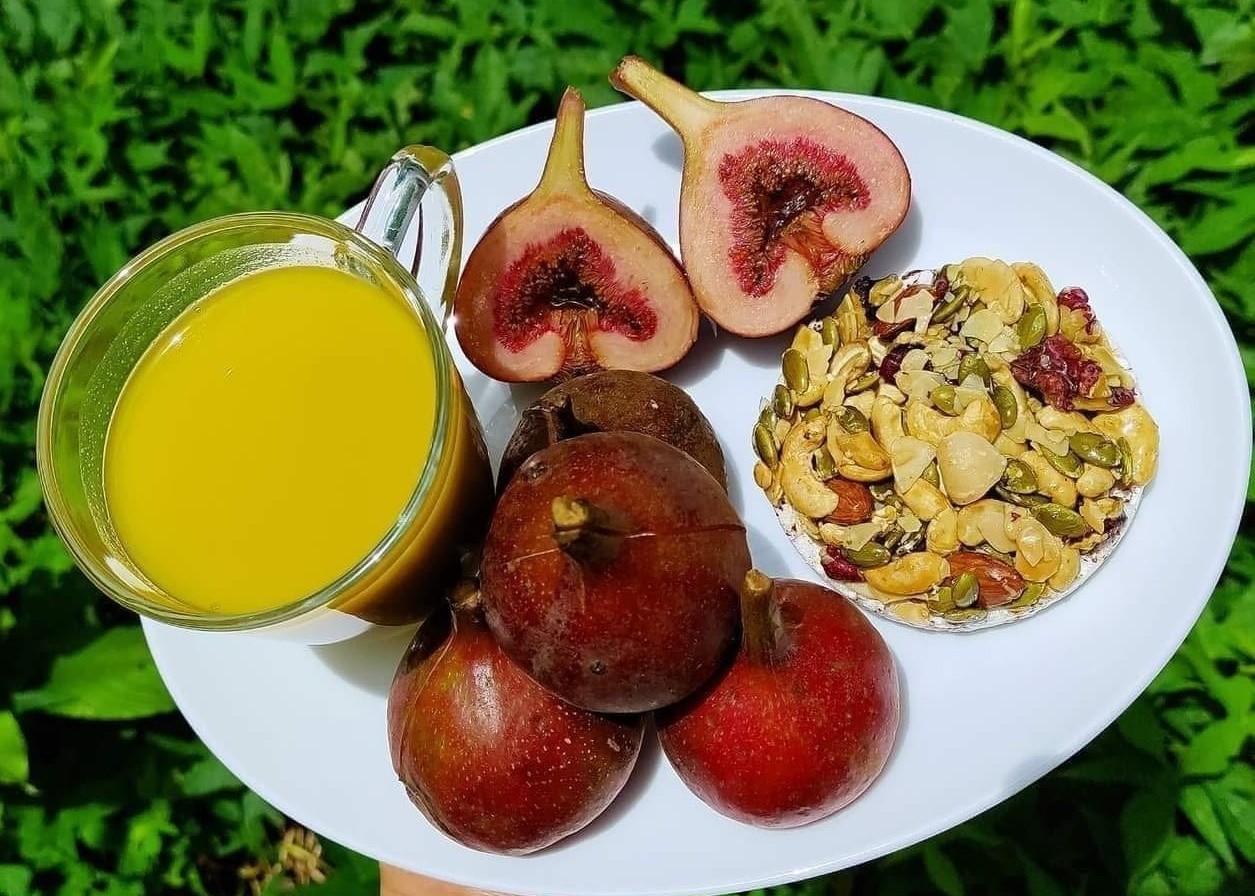 |
Purple grapes have a higher concentration of antioxidants than green grapes. The antioxidant anthocyanin is abundant in the skin of purple grapes. This fruit also contains a large amount of resveratrol, with anti-cancer and anti-inflammatory properties. Eating purple grapes has little impact on blood sugar levels, supporting the health of people with diabetes.
 |
Raspberries have a bright red color and a slightly sweet taste. The antioxidant anthocyanin can help boost the immune system, fight inflammation, and reduce the risk of diabetes and cancer. This fruit provides abundant vitamin C and fiber, supporting healthy digestion. Ellagic acid in raspberries has antibacterial and antiviral properties. Its low glycemic index means it has little effect on blood sugar.
 |
Ripe blueberries contain anthocyanin antioxidants, which account for more than half of the polyphenol antioxidants. Eating 10-15 blueberries a day contributes to reducing the risk of heart disease or type 2 diabetes and supports weight control - an important factor for people with diabetes. Blueberries contain fiber and prebiotic compounds, which nourish beneficial bacteria in the gut, contributing to a healthy digestive system.
 |
Ripe purple figs can be eaten fresh, pickled, or made into fig jam. Figs provide a high content of phenolic antioxidants. Those with darker skins contain more antioxidants. The source of fiber and potassium, calcium, sodium, magnesium, and phosphorus from figs is beneficial for digestion and does not increase blood sugar.
 |
Plums are widely grown in cold climates and contain anthocyanins that can reduce inflammation and help prevent allergic reactions. This antioxidant also supports improved cognitive function. Plums also contain vitamins A, C, and K, which help regulate blood sugar.
Anh Chi (WebMD, Very Well Health)












